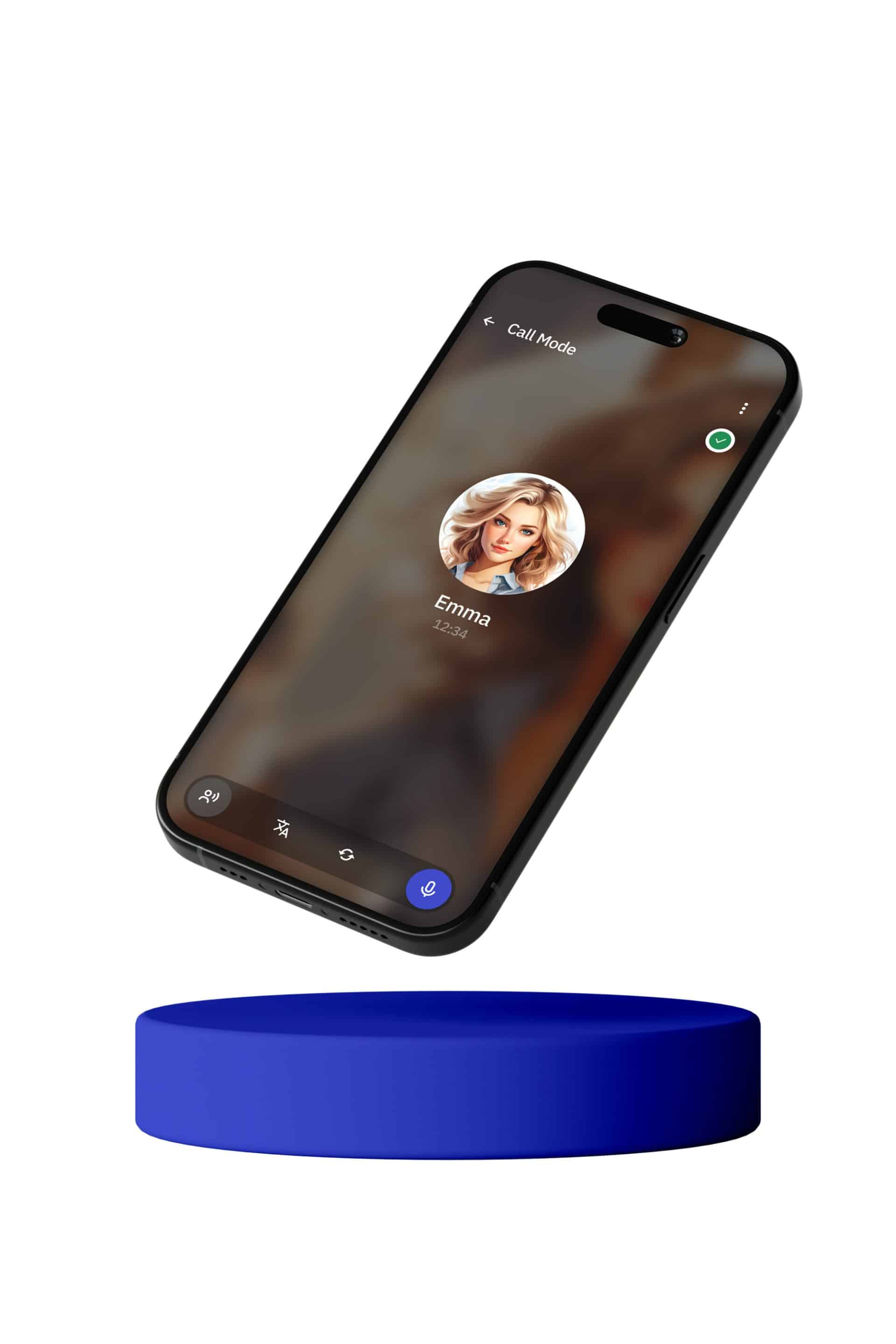When learning English, understanding how to express purpose is essential for effective communication. Purpose clauses allow us to explain why an action is performed, giving our sentences depth and clarity. Conjunctions play a crucial role in forming these clauses, linking the main clause to the purpose clause. In this article, we will explore different conjunctions used in purpose clauses, their grammatical structures, and practical examples to help you master their usage.
What Are Purpose Clauses?
Purpose clauses are subordinate clauses that describe the intention or objective behind an action mentioned in the main clause. These clauses answer the question “Why?” For instance, in the sentence “She studied hard so that she could pass the exam,” the purpose clause “so that she could pass the exam” explains the reason for her studying hard.
Common Conjunctions in Purpose Clauses
Several conjunctions can introduce purpose clauses, each with its own nuances and usage rules. The most common ones include:
1. “So that”
The conjunction “so that” is frequently used to introduce purpose clauses, particularly in formal and written English. It often implies a clear, intended outcome.
**Structure**: Main clause + “so that” + subject + modal verb (can/could/will/would) + base form of the verb
**Examples**:
– She saved money so that she could buy a new car.
– He exercises daily so that he will stay healthy.
In these examples, “so that” introduces the purpose of saving money (to buy a new car) and exercising daily (to stay healthy).
2. “In order to”
“In order to” is another common conjunction used to indicate purpose, often found in both formal and informal contexts. It is typically followed by the base form of a verb.
**Structure**: Main clause + “in order to” + base form of the verb
**Examples**:
– She moved to the city in order to find a better job.
– They practice every day in order to improve their skills.
Here, “in order to” explains the reason for moving to the city (to find a better job) and practicing daily (to improve skills).
3. “To”
The conjunction “to” is a more concise way to express purpose and is often used in both spoken and written English. It is followed by the base form of a verb.
**Structure**: Main clause + “to” + base form of the verb
**Examples**:
– She went to the store to buy groceries.
– He studied hard to get good grades.
In these sentences, “to” introduces the purpose of going to the store (to buy groceries) and studying hard (to get good grades).
4. “For the purpose of”
This conjunction is more formal and is often used in academic or professional contexts. It is followed by a gerund (verb + -ing form).
**Structure**: Main clause + “for the purpose of” + gerund
**Examples**:
– The committee met for the purpose of discussing the new policy.
– She attended the seminar for the purpose of learning new skills.
In these examples, “for the purpose of” introduces the reason for the committee meeting (discussing the new policy) and attending the seminar (learning new skills).
5. “So as to”
“So as to” is another formal conjunction used to express purpose, often used in written contexts. It is followed by the base form of a verb.
**Structure**: Main clause + “so as to” + base form of the verb
**Examples**:
– They left early so as to avoid traffic.
– She whispered so as to not disturb others.
Here, “so as to” explains the reason for leaving early (to avoid traffic) and whispering (not to disturb others).
Nuances and Usage Tips
Understanding the nuances and proper usage of these conjunctions is crucial for effective communication. Here are some tips to help you use them correctly:
1. Formal vs. Informal Contexts
– “So that” and “in order to” are versatile and can be used in both formal and informal contexts.
– “To” is more common in informal speech and writing due to its brevity.
– “For the purpose of” and “so as to” are more formal and often found in academic or professional writing.
2. Modal Verbs
When using “so that,” modal verbs (can, could, will, would) are often included to indicate ability, possibility, or intention.
**Examples**:
– She studied hard so that she could pass the exam.
– He saves money so that he will be financially secure.
3. Negatives
When expressing a negative purpose, “so as not to” or “in order not to” is used instead of simply adding “not” to the verb.
**Examples**:
– She tiptoed so as not to wake the baby.
– He left early in order not to miss the train.
4. Redundancy
Avoid redundancy by not using purpose conjunctions unnecessarily. For instance, saying “He went to the store to buy groceries” is sufficient without adding “in order to.”
Advanced Usage and Variations
As you become more comfortable with basic purpose clauses, exploring advanced usage and variations can further enhance your proficiency.
1. Combining Purpose Clauses
You can combine multiple purpose clauses to express complex intentions.
**Example**:
– She moved to the city so that she could find a better job and to experience urban life.
2. Passive Voice
Purpose clauses can also be used in passive voice constructions, particularly in formal writing.
**Example**:
– The project was initiated in order to meet the growing demand for renewable energy.
3. Infinitive Phrases
Infinitive phrases can sometimes replace purpose clauses, especially in informal contexts.
**Example**:
– She baked a cake to celebrate his birthday. (Instead of “so that she could celebrate his birthday.”)
Common Mistakes to Avoid
While purpose clauses are generally straightforward, learners often make certain mistakes. Here are some common pitfalls and how to avoid them:
1. Incorrect Conjunctions
Using the wrong conjunction can alter the meaning of a sentence. Ensure you choose the appropriate conjunction for the context.
**Incorrect**: He went to the store in order that buy groceries.
**Correct**: He went to the store to buy groceries.
2. Misplacing the Purpose Clause
The purpose clause should logically follow the action it explains. Misplacement can lead to confusion.
**Incorrect**: She saved money to buy a new car so that she worked overtime.
**Correct**: She worked overtime so that she could save money to buy a new car.
3. Overusing “For” with Purpose Clauses
“For” is not typically used to introduce purpose clauses. Instead, use “to,” “so that,” or other appropriate conjunctions.
**Incorrect**: He went to the store for buying groceries.
**Correct**: He went to the store to buy groceries.
Practice Exercises
To solidify your understanding of purpose clauses, try these practice exercises. Rewrite the following sentences using the conjunctions provided:
1. She studied hard. She wanted to pass the exam. (so that)
2. He moved to the city. He was looking for better job opportunities. (in order to)
3. They left early. They did not want to be late. (so as not to)
4. She saved money. She wanted to travel. (for the purpose of)
5. He exercises regularly. He wants to stay fit. (to)
**Answers**:
1. She studied hard so that she could pass the exam.
2. He moved to the city in order to look for better job opportunities.
3. They left early so as not to be late.
4. She saved money for the purpose of traveling.
5. He exercises regularly to stay fit.
Conclusion
Mastering purpose clauses and their conjunctions is a significant step toward achieving fluency in English. These clauses enable you to articulate your intentions and reasons clearly, making your communication more effective. By understanding the nuances and practicing their usage, you can confidently incorporate purpose clauses into your speech and writing. Keep practicing and exploring more complex structures to enhance your language skills further. Happy learning!







